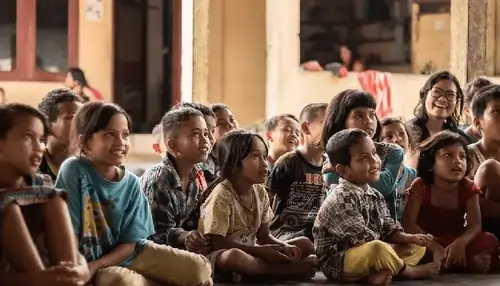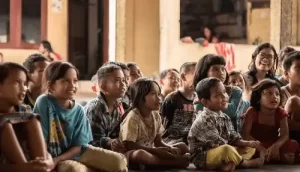Ways to Eliminate Child Labour in India

Ways to Eliminate Child Labour in India

Child labour is a heartbreaking reality for many children in India, robbing them of their innocence and childhood joys. Despite regulations in place, countless children are still subjected to dangerous work conditions, leaving them without the chance to attend school or enjoy a normal childhood. In this blog post, we’ll explore how we can tackle this pressing issue, focusing on strategies to combat child labour in India, the bustling heart of India. Let’s embark on this journey together.
Spreading Awareness: The First Step
Educating and Advocating
Putting an end to child labour begins with spreading awareness among the people. Non-Governmental Organizations (NGOs) are the unsung heroes in this fight. Through workshops, plays, and awareness campaigns, they educate communities about the grim realities of child labour. Empowering individuals with knowledge enables them to take a stand against this injustice. Additionally, NGOs advocate for stronger laws to protect the rights of children.
Collaborating with Government Bodies
NGOs collaborate closely with government agencies to strengthen existing laws. In India, partnerships with the Department of Labor and the National Commission for Protection of Child Rights (NCPCR) are crucial. Together, they ensure that child labour laws are enforced and push for stricter penalties for offenders. They also work towards introducing new legislation to address emerging challenges.
Providing Safe Havens
When children are rescued from exploitative labor, NGOs provide them with a haven. They offer psychological support and counseling to help these children overcome their traumatic experiences. Ensuring that rescued children are reintegrated into the education system is paramount. NGOs work closely with families and schools to facilitate this transition.
Skill Development and Economic Empowerment
Economic hardships often force families to resort to child labour. In India, NGOs address this issue by providing parents with vocational training, such as sewing or carpentry. Equipped with these skills, parents can earn a living wage, reducing the need to send their children to work. Moreover, older children receive training for better employment opportunities.
Addressing Economic Vulnerability
Poverty is a major driver of child labour. Families facing economic hardship often see child labour as their only means of survival. To tackle this root cause, NGOs for child labour in India implement poverty alleviation programs. These initiatives provide families with access to resources like microloans or vocational training, empowering them to improve their economic status without exploiting their children.
Empowering Through Knowledge
Education is a powerful tool in the fight against child labour. By promoting child education in India, NGOs empower communities to understand the importance of schooling and the harmful effects of child labour. Initiatives such as school enrollment drives, scholarships, and awareness campaigns play a crucial role in changing societal attitudes toward child labour.
Collaboration for Sustainable Solutions
Effective action against child labour requires collaboration from various stakeholders. NGOs in India collaborate with local authorities, businesses, and community leaders to implement sustainable solutions. By fostering partnerships, they can leverage resources, expertise, and influence to create lasting change and eradicate child labourat its roots.
Advocating for Corporate Responsibility
Many industries employ child labour in their supply chains, perpetuating exploitation and abuse. NGOs in India advocate for corporate responsibility, urging companies to adopt ethical practices and ensure that their operations are free from child labour. Through advocacy campaigns and partnerships with businesses, they hold corporations accountable and promote fair labour practices.
Conclusion
The exploitation of child labour is a grave issue that demands a holistic solution. We must identify and tackle the root causes while extending support to the children and their families. Together, we can create a world where every child is free to learn, play, and grow without being subjected to the harsh realities of child labour. NGOs in India are at the forefront of this battle, working tirelessly to rescue children, advocate for stronger laws, and empower communities. Together, let’s strive for a future where every child in India can grow up in safety and pursue their dreams, free from the chains of labour exploitation.